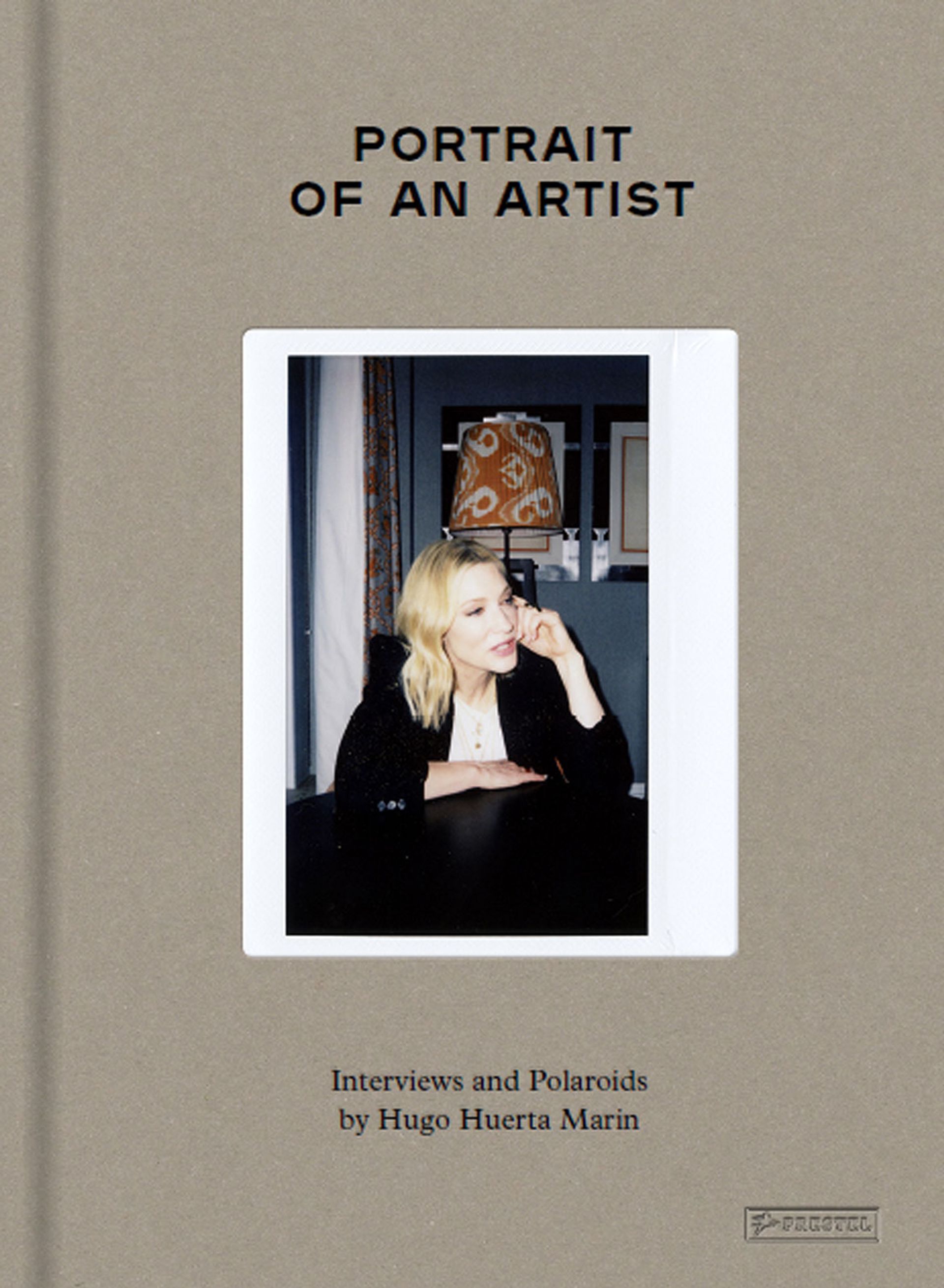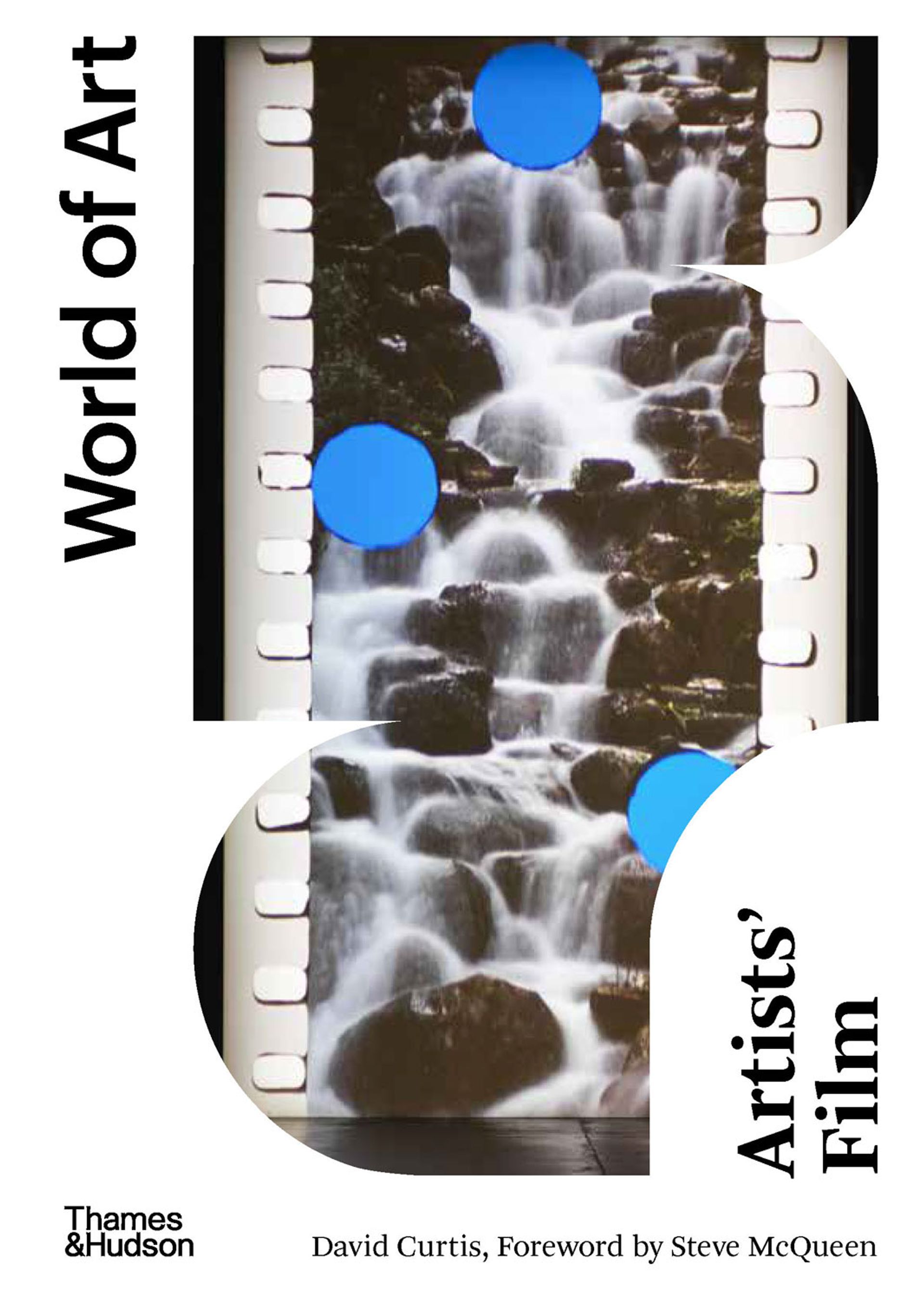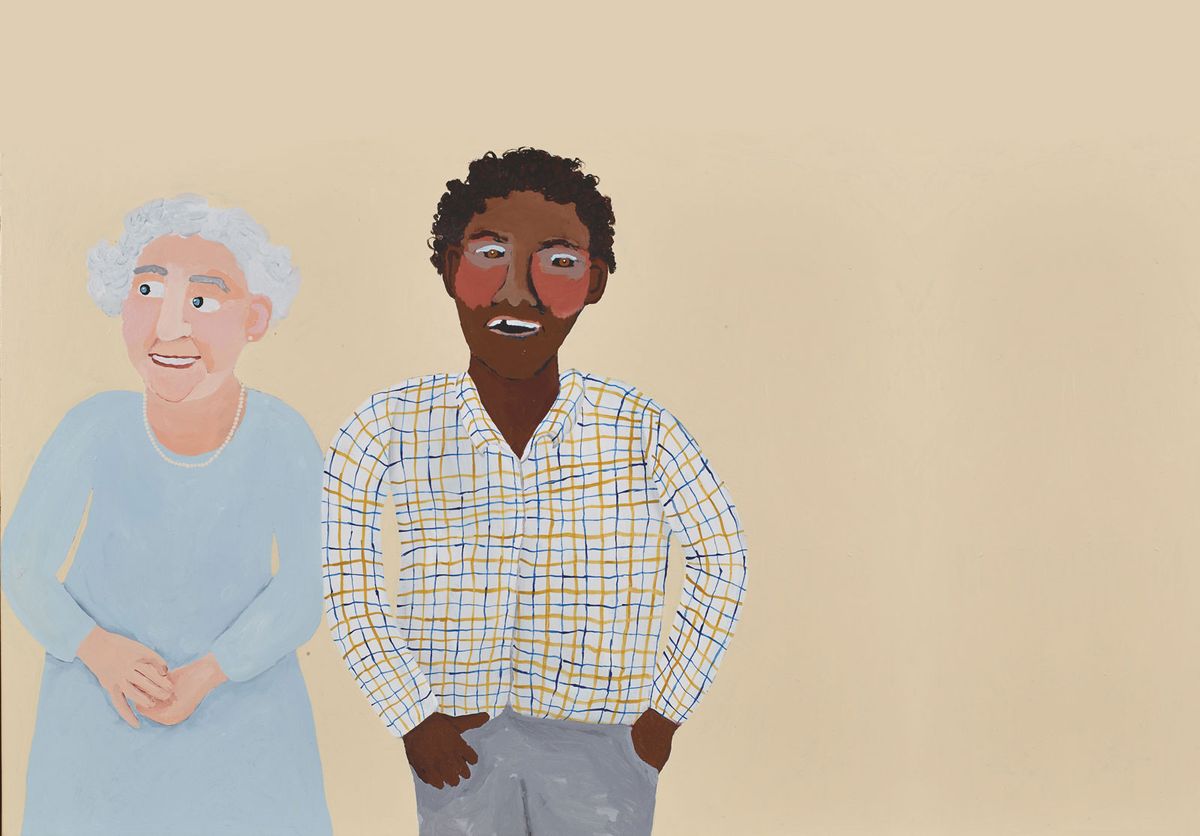Ancestors, Artefacts, Empire: Indigenous Australia in British and Irish Museums, Gaye Sculthorpe (ed), Maria Nugent (ed) and Howard Morphy (ed), British Museum, 272pp, £60 (hb)
This overview reveals new insights into both Britain’s Australian history and Australia’s British history. More than 160 Aboriginal and Torres Strait Islander artefacts—gathered by travellers, colonists, explorers, missionaries, officials and others—are drawn from 30 museums in the UK and Ireland, dating from 1770 to today. Twenty-two Indigenous and non-Indigenous Australian and international experts analyse key objects such as an Emu feather skirt from Port Phillip District in the state of Victoria, which is the earliest known example. Nicholas Thomas, the director of the Museum of Archaeology and Anthropology in Cambridge, says that the book gives “a sense of what extraordinary expressions of ancestral heritage might be found in out-of-the-way collections.”

Portrait of an Artist: Conversations with Trailblazing Creative Women
Portrait of an Artist: Conversations with Trailblazing Creative Women, Hugo Huerta Marin, Prestel, 420pp, £26 (hb)
Hugo Huerta Marin photographs and writes about important women artists and other big names in the creative industries. Marin has spoken to high-profile artists such as Tracey Emin and Yoko Ono for his new interview compendium, taking Polaroid photographs of his subjects along the way. Marina Abramović, the godmother of performance art, tells the author: “I believe performance art is like a phoenix, dying and being reborn from its own ashes over and over again. Every generation has had a different attitude toward performance art and how it should have pushed the limits more. In my opinion, in the future it will firstly need to deal with the idea of immateriality as a result of the present incredible movement in technology and media.” Elsewhere in the book, the US photographer Carrie Mae Weems discusses the relationship between race and photography.
This Dark Country: Women Artists, Still Life and Intimacy in the Early Twentieth Century, Rebecca Birrell, Bloomsbury, 384pp, £25 (hb)
The art historian Rebecca Birrell surveys the lives and work of early 20th-century artists such as Vanessa Bell and Gwen John via their still-life works. Birrell argues that “still-life enabled women artists to explore their emotions, desires and ambitions”, examining also how lesser-known names such as Edna Waugh and Mary Constance also reinterpreted their “creative and domestic practices through their still-life paintings”, according to the publisher. The author also unpicks the motivations of the artist Gluck who fell in love with the florist Constance Spry in 1932 (almost immediately, flowers took centre stage in her art). Also, letters from the US-born artist Ethel Sands to Nan Hudson are an important discovery. “The letters themselves are very melancholic at times,” Birrell tells The Art Newspaper. “And I’ve suggested this adds a depth to [Sands’] paintings which are apparently one-dimensionally cheerful, and perhaps are not all that interesting from a stylistic point of view and as a result are hardly ever written about in relation to British art.”

Artists’ Film
Artists’ Film (World of Art series), David Curtis, Thames & Hudson, 340pp, £16.99 (pb)
An authoritative guide to art of the moving image in the 20th and 21st centuries is long overdue; this “alternative history” of the moving image should fill the gap, with commentary and analysis of works by more than 400 international moving-image makers from the film expert David Curtis. Chapters cover topics such as “the pleasures of editing” along with “the conceptual film and other phenomena”. Curtis also gives an overview of artists’ documentaries, drawing on early examples such as Manhatta (1921) by the painter Charles Sheeler and the photographer Paul Strand. “David is the only person I know who has an encyclopaedic knowledge of, and a passion for film, in all its possibilities,” writes the artist and filmmaker Steve McQueen in the foreword. Other new titles in the “World of Art” series include Art in California by the art historian Jenni Sorkin and Black Art: A Cultural History by Richard J. Powell.

Cristina Iglesias's Forgotten Streams (East Side) (2017) Photo: Thierry Ball
Liquid Sculpture: The Public Art of Cristina Iglesias, Iwona Blazwick (ed) and Richard Noble (ed), Hatje Cantz, 280pp, €48 (hb)
“This book explores the outdoor sculpture of Cristina Iglesias and charts a wider discussion about art and urban and non-urban environments,” write Iwona Blazwick and Richard Noble in the introduction to this monograph on the Spanish sculptor. The survey focuses on three major sculptures: Forgotten Streams (2017), Tres Aguas (2014) and Estancias Sumergidas (2010), dissecting Iglesias’ approach through preparatory sketches, technical drawings and 360-degree views. Forgotten Streams is located outside the headquarters of the financial data company Bloomberg in the City of London. “The work consists of three sites located on the west and eastern aspects of the building to suggest a square bifurcated by the building,” writes Iglesias. Other contributors include Andrea Schlieker, the director of exhibitions and displays at Tate Britain, who looks at the impact of Iglesias’ 2011 sculpture Towards the Sound of Wilderness on the UK coastal town of Folkestone.


